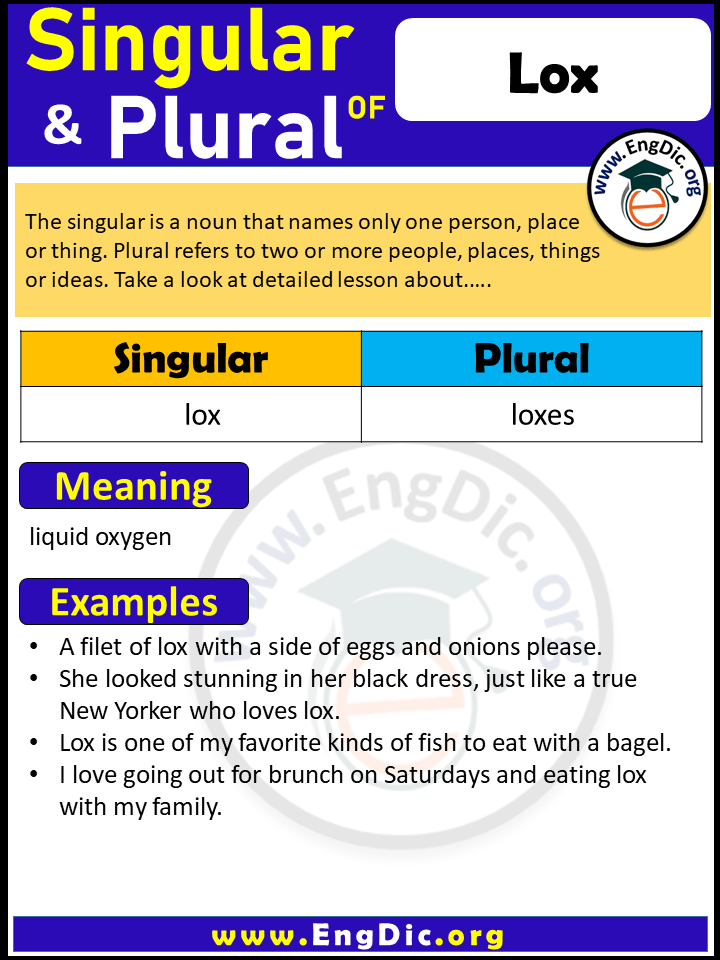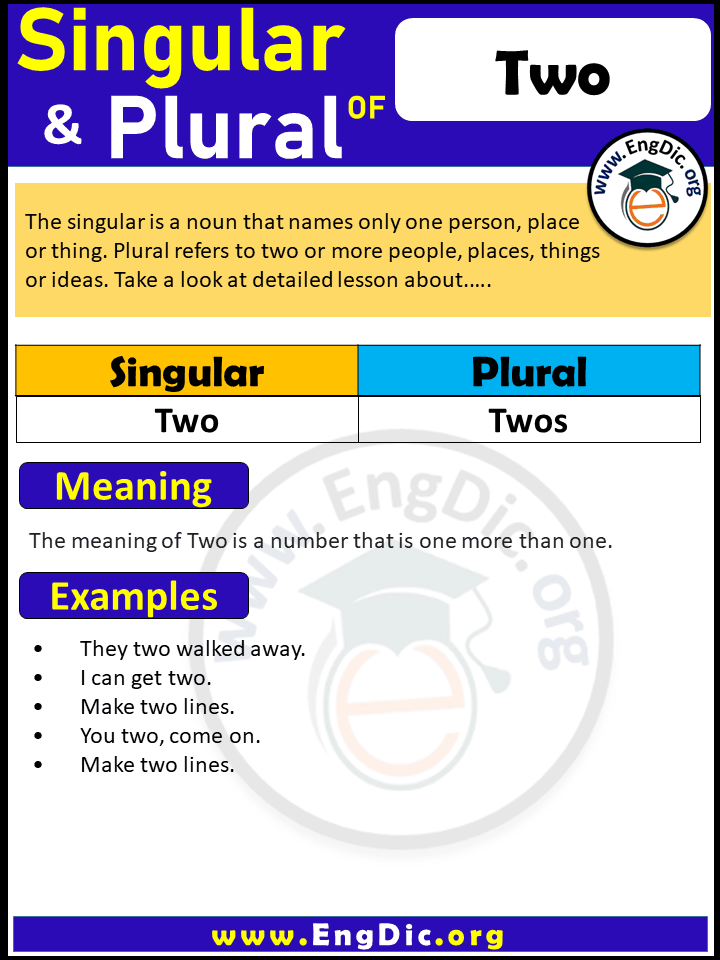Meaning: a punctuation mark (,) indicating a pause between parts of a sentence.
Plural of COMMA
| Singular | Plural |
| Comma | Commas |
Synonyms of COMMA
- interval
- mark
- punctuation
Comma as a Singular Noun in Example Sentences:
- Please use a comma to separate the items.
- The comma indicates a pause in the sentence.
- Don’t forget to place a comma after the introductory phrase.
- She added a comma to clarify the meaning of the sentence.
- The writer used a comma to create a list of ideas.
- The comma is an essential punctuation mark in writing.
- The teacher explained the rules of using a comma.
- I always struggle with knowing when to use a comma.
- The proofreader corrected the missing comma in the text.
- The editor suggested adding a comma for better readability.
Comma as a Plural Noun in Example Sentences:
- I could see a few misplaced commas in the text.
- The writer used too many unnecessary commas.
- The student forgot to include the required commas.
- The editor removed the superfluous commas from the manuscript.
- The document was full of errors, including missing commas.
- She revised the paragraph and added several commas.
- The proofreader noticed a few misplaced commas.
- The commas helped to clarify the meaning of the sentence.
- The writer received feedback on the incorrect use of commas.
- The instructor emphasized the importance of using commas
Singular Possessive of Comma
The singular possessive form of “Comma” is “Comma’s”.
Examples of Singular Possessive Form of Comma:
- The placement of the Comma’s function affects sentence structure.
- The writer adjusted the Comma’s position for clarity.
- Comma’s use in lists helps separate items.
- The editor corrected the mistake in the Comma’s placement.
- Comma’s role in punctuation is essential for understanding.
- The student learned the rules of Comma’s usage in grammar.
- The reader noticed the absence of a necessary Comma’s inclusion.
- The teacher explained the Comma’s purpose in compound sentences.
- Comma’s misuse can lead to confusion in writing.
- The author used the Comma’s pause to create a rhythmic effect.
Plural Possessive of Comma
The plural possessive form of “Comma” is “Commas'”.
Examples of Plural Possessive Form of Comma:
- The editor corrected the writers’ Commas’ usage.
- The students reviewed the rules of Commas’ placement in their essays.
- Commas’ inclusion in quotations helps indicate speech.
- The proofreader checked for consistency in Commas’ usage.
- Commas’ use in dates separates the day, month, and year.
- The style guide provided guidelines for Commas’ appropriate usage.
- The writers debated the necessity of the Commas’ inclusion in the sentence.
- The punctuation marks, including Commas’, were revised for clarity.
- Commas’ presence in the sentence improved its flow.
- The readers appreciated the writers’ proper Commas’ incorporation.






